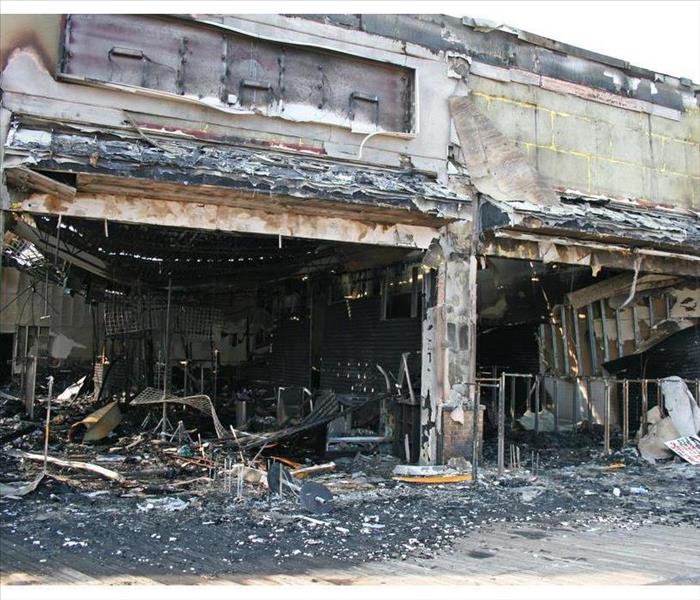Dealing With Smoke Damage
1/12/2022 (Permalink)
How To Prevent Smoke Damage
A fire at your place of business in Sanibel, FL, can lead to costly downtime and other disruptions if not dealt with effectively. Learn how to prevent smoke damage from derailing your workflow with a few dry-cleaning tips.
1. Repair Versus Replacement
The most critical element of smoke damage restoration is a procedure that allows you to discern which items should be restored and which should be replaced entirely. While many of these decisions may be obvious, some are best left to a qualified fire damage restoration service. These professionals are typically IICRC-compliant, ensuring a set of content cleaning standards that your business can rely on.
2. What To Restore
Many items suffering from smoke or soot damage in a commercial fire can be brought back to functional condition through conventional means. Clothing, upholstery, and other fabric components can usually be cleared of any smoke discoloration or odors by simply dry-cleaning the affected materials. Most dry cleaners have specialty detergents and deodorizers for dealing with fire-soiled materials. Documents and other paper materials can also be restored through a vacuum freeze drying process if they were damaged by water-based fire suppression.
3. The Building
Fixed components of your place of business, such as the ventilation system, the floors, and the walls may also suffer from smoke damage. In these cases, there are also a number of processes that can avoid costly replacements. A restoration service will ensure adequate air circulation by changing out air filters. Drywall and other porous materials can frequently be cleaned depending on the type of paint used and the extent of the soot accumulation. Your chosen restoration service can assist you with content storage during the smoke cleaning process.
Don’t assume that your commercial fire means a total restart for your valued assets. Through a careful inspection process and a little professional help, you can repair and retain many of the items your business uses through dry-cleaning and other sound restoration practices.






 24/7 Emergency Service
24/7 Emergency Service
